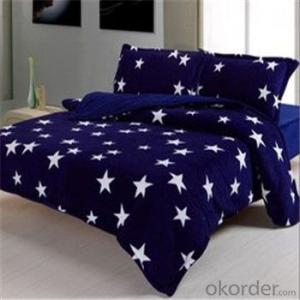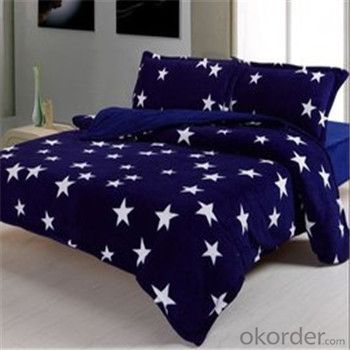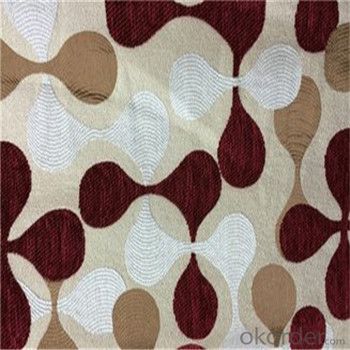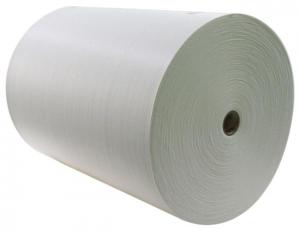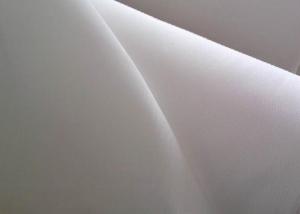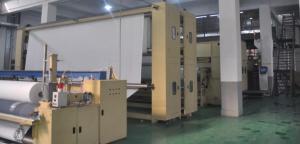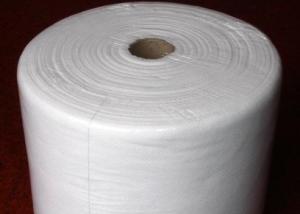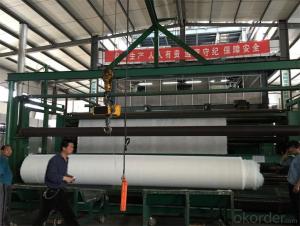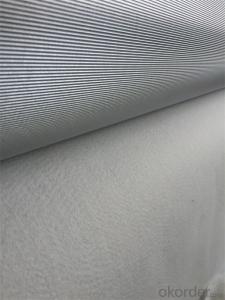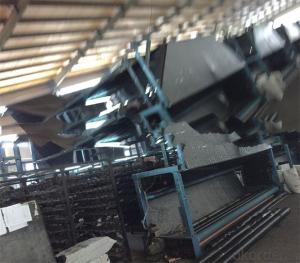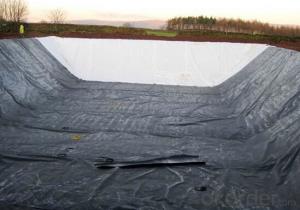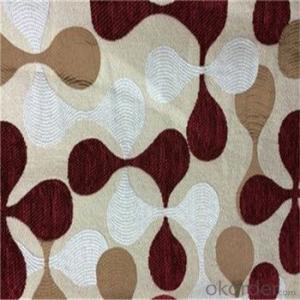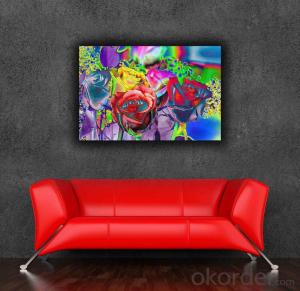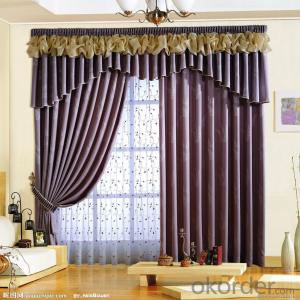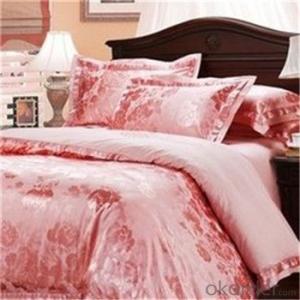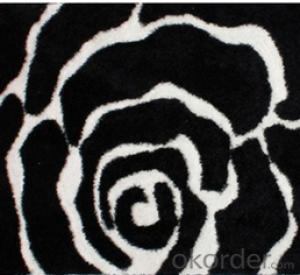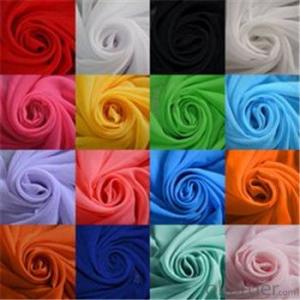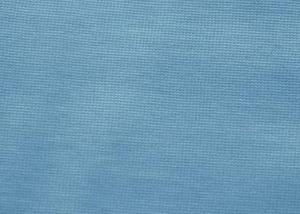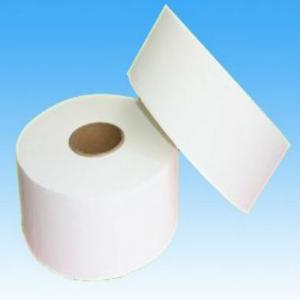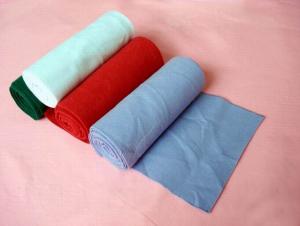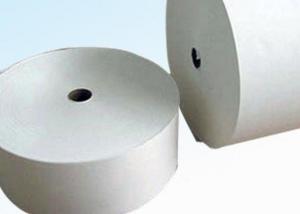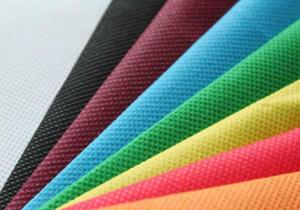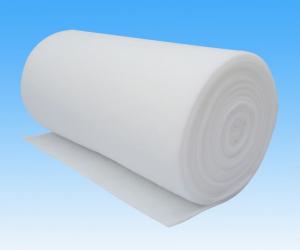Brushed Stripe100% Polyester Fabric for Bedsheet Textile
- Loading Port:
- Shanghai
- Payment Terms:
- TT OR LC
- Min Order Qty:
- 100 m
- Supply Capability:
- 1000000 m/month
OKorder Service Pledge
OKorder Financial Service
You Might Also Like
Quick Details
Material: | 100% Polyester | Supply Type: | Make-to-Order | Type: | brushed fabric |
Pattern: | dyed | Style: | Stripe | Width: | 150cm-280cm |
Technics: | Woven | Feature: | Anti-Static, Shrink-Resistant, Tear-Resistant | Use: | Bedding, Lining |
Certification: | / | Yarn Count: | 75D*150D | Weight: | 50gsm-100gsm |
Density: | 70*40-96*76 | Model Number: | / | colour: | all kinds of colours |
Packaging & Delivery
Packaging Details: | roll,bale,can according to your requirement |
Delivery Detail: | within 15-20days after we received deposit |
Item | Polyester brushed striped fabric |
Composition | 100% polyester |
Yarn count | 75D*150D |
Width | 250cm |
Weight | 90gsm |
Application | Bedding |
Payment terms | L/C T/T |
Packing | Roll or bale |
Delivery | Within 25-30days after we received deposit |
Style | brushed,dyed,striped |
MOQ | 5000 meters per design |
Supply ability | 15000000 meters per month |
craft | woven |
COMMON SPECIFICATION
1. Compostion:100% polyester
2. Two sides brushed with or without all available
3. Weight range:50gsm-110gsm
4. Width range:110cm-300cm
5. Various colors and designs available,can according to your request
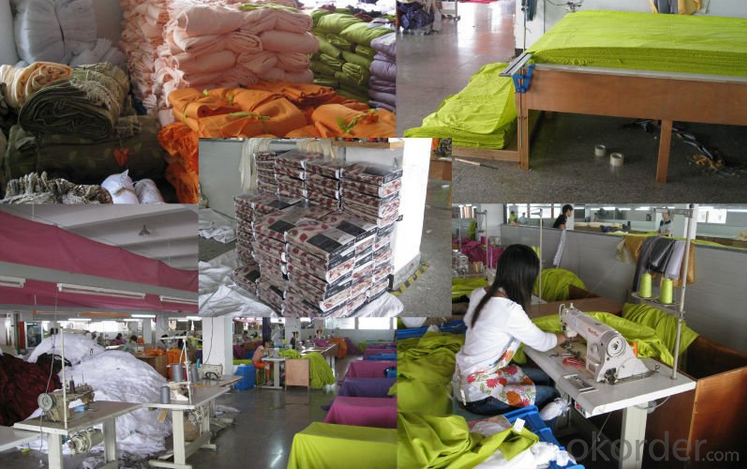
1.FAQ:
01 ABOUT THE QUATILY
Q: Is the quality competitive in textile industry?
A: We have specialized in manufacturing and exportation printed fabric for 15 year. We can provide various fabric with diverse patterns. Each process will undergo strict inspection.
02 ABOUT THE QUANTITY
Q: What is the minimum quantity?
A: Usually 500m or more than 500m for each color, we can also accept order less than 500m. We offer discount for orders larger than 5,000 meters and the most favorable price for orders above 10,000 meters
03 ABOUT THE PACKAGE
Q: How about the package
A: We usually pack as follows:
1. In roll packing with tubes and plastic bags
2. In roll packing with tubes and cartons
3. According to customers’ request
4. Usually 50yds/roll, or according to customers’ request
5. Customized hanger tag, paper tapes and stamping or according to customers’ reque
- Q: What's Mitch's fabric?
- Mitch is a satin fabric.Satin is the transliteration of satin. Satin, satin, or satin, smooth, satin;. Is a type of fabric with silk, polyester and other fibers with satin woven texture, a thick and shiny silk.
- Q: What do you mean by four piece cotton fabric 128*68 cotton?
- Pure cotton represents material. This is very simple128*64 you can understand that the density of fabrics, called weaving, is generally marked by "XX*XX weave"The higher the fabric is said to do more thin, and the material process requirements higher, of course, the cost is higher. They sell expensive.
- Q: What's good about linen?
- In the world, the flax is weaving looms and rapier loom, the company launched a new Shanghai group including delicate linen, shirting, crepe, fancy yarn, sportswear and flax wool fabric products. Household products include curtains, tablecloths, wall cloth, bedding fabrics etc.. Industrial products include: canvas, baggage tents, insulation cloth, filter cloth, and aviation linen products, which will pass the linen culture to every corner of people's life.
- Q: Which fabric ingredients belong to the B class? Which fabric ingredients belong to the C class?
- Not the fabric classification.Clothing fabrics are divided into: A. cotton, B. linen fabric, C. wool fabric, D. silk fabric, E. chemical fiber fabric, F. knitwear fabric, G. fur and leather fabric
- Q: Compared modal fabric and cotton fabric, which is more expensive? Modal and Audel the same?
- Modal and cotton is certainly expensive than modal fabric
- Q: What material is good?
- Cotton: comfortable, but not on the gradeSilk: high-grade fabrics, gorgeous appearance, suitable for the evening party, daily life should not wear
- Q: Simmons mattress fabric is knitted brocade good or good ah what are the difference between
- What are the same on the fabric, I feel a little bit better not jump wire knitting without breaking a small piece of a large and you may not be directly implicated lying on the mattress. I shop something what are the same is mainly to see the mattress core do not understand what to ask.
- Q: What is Gong Sijin
- The surface of the fabric Gong Sijin plain structure, and the opposite for the exquisite satin twill, compact non hairiness, its unique structure avoids and reduces wear due to friction, "Aurora" ills; intellectual change blend simple and fresh introverted, exudes a natural luster; because of its production Readymade Garments, delicate texture, crisp and good wear, anti wrinkle, excellent wearability, and become the product of choice for uniforms, dress like many other industries, especially high-end business suits for the most.
- Q: What material is double Zou?
- The main features are: surface with Shuangzhou homogeneous and fine wrinkles, texture soft, smooth, bright color silk crepe
- Q: What's the difference between spunpoly and polyester fabrics?
- In addition, in the textile process, Spun ploy fabrics are generally compared with Poly, cotton (polyester cotton, cotton fiber) fabric, the former has the advantages of ironing free, non shrinking, high water washing and texture, more breathable and other advantages.
Send your message to us
Brushed Stripe100% Polyester Fabric for Bedsheet Textile
- Loading Port:
- Shanghai
- Payment Terms:
- TT OR LC
- Min Order Qty:
- 100 m
- Supply Capability:
- 1000000 m/month
OKorder Service Pledge
OKorder Financial Service
Similar products
Hot products
Hot Searches
Related keywords
